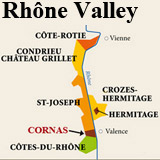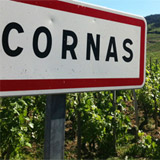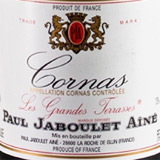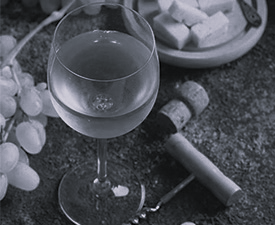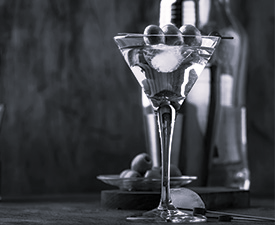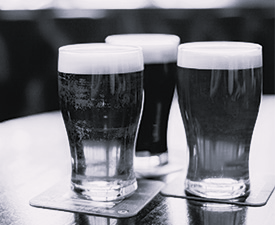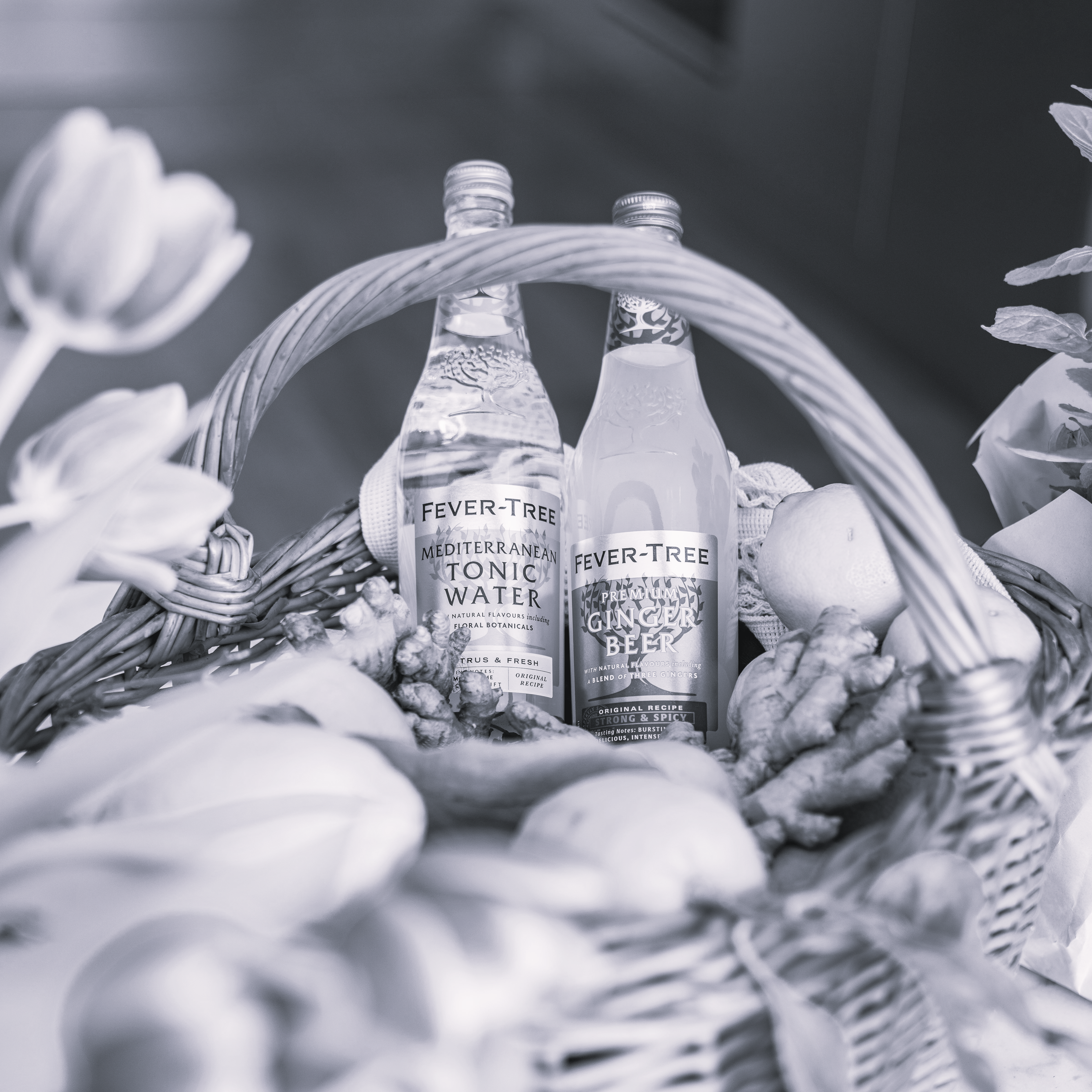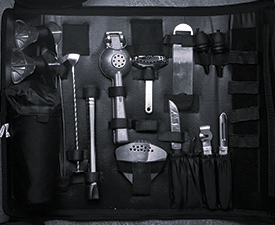Cornas is a French wine area in the northern Rhone wine region of France south of Lyon. It is one of the smallest appellations in the Rhone valley and produces only red wine, crafted from 100% Syrah. The name Cornas is Celtic for "burnt earth", and the first written record of wine in the region was as early as 885. Cornas became an official appellation in 1938 although it was not until 1950 that the first local producers began bottling their own wines.
Cornas, along with the rest of the northern Rhone has a continental climate rather than the Mediterranean influences found in the south. Though unlike some of the other northern Rhone appellations, due to the geological semi-amphitheatre shape of the steep hillside slopes facing east south east - Cornas is mostly protected from the cold 'le mistral' winds, and is often the first appellation in the north to begin harvest. The vineyards situated between 100 - 400 meters above sea level are just north of the town of Valence, in a fairly small area of only 90 hectares, south of Tain l'Hermitage and on the west side of the Rhone river.
Unlike other northern Rhone red wines, no addition of white grapes is permitted, and no white wines are grown. Although growers could plant different grape varieties in Cornas, the appellation is planted exclusively with Syrah as any wine made from other grapes would have to be sold under a different label, probably Cotes du Rhone AOP.
A key factor to the style of the red wines is the granite-based soil, made traditionally and often spending two years in oak. The wines are strong and powerful - a cross between Hermitage and Cote-Rotie, but typically with less elegance and finesse. They tend to be much more serious wines than St. Joseph or Crozes-Hermitage. Cornas wines can have a slightly rustic side, with young wines being deep, dense and almost black in colour and fiercely tannic. After 5-10 years of ageing the best examples take on a more elegant and complex character marked by aromas of forest floor and wild game.
